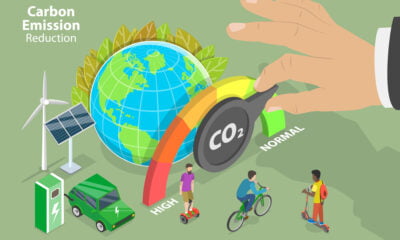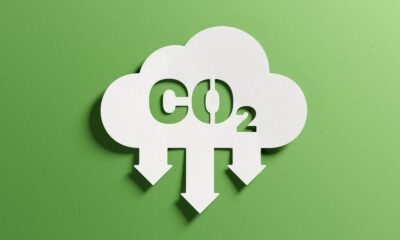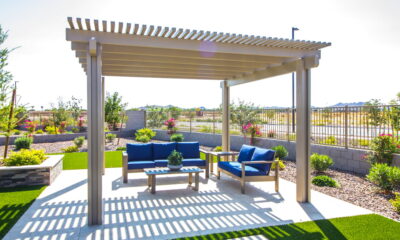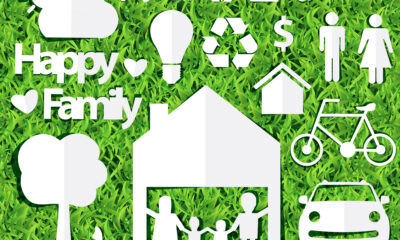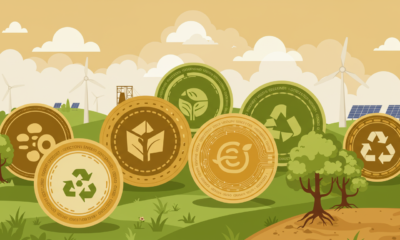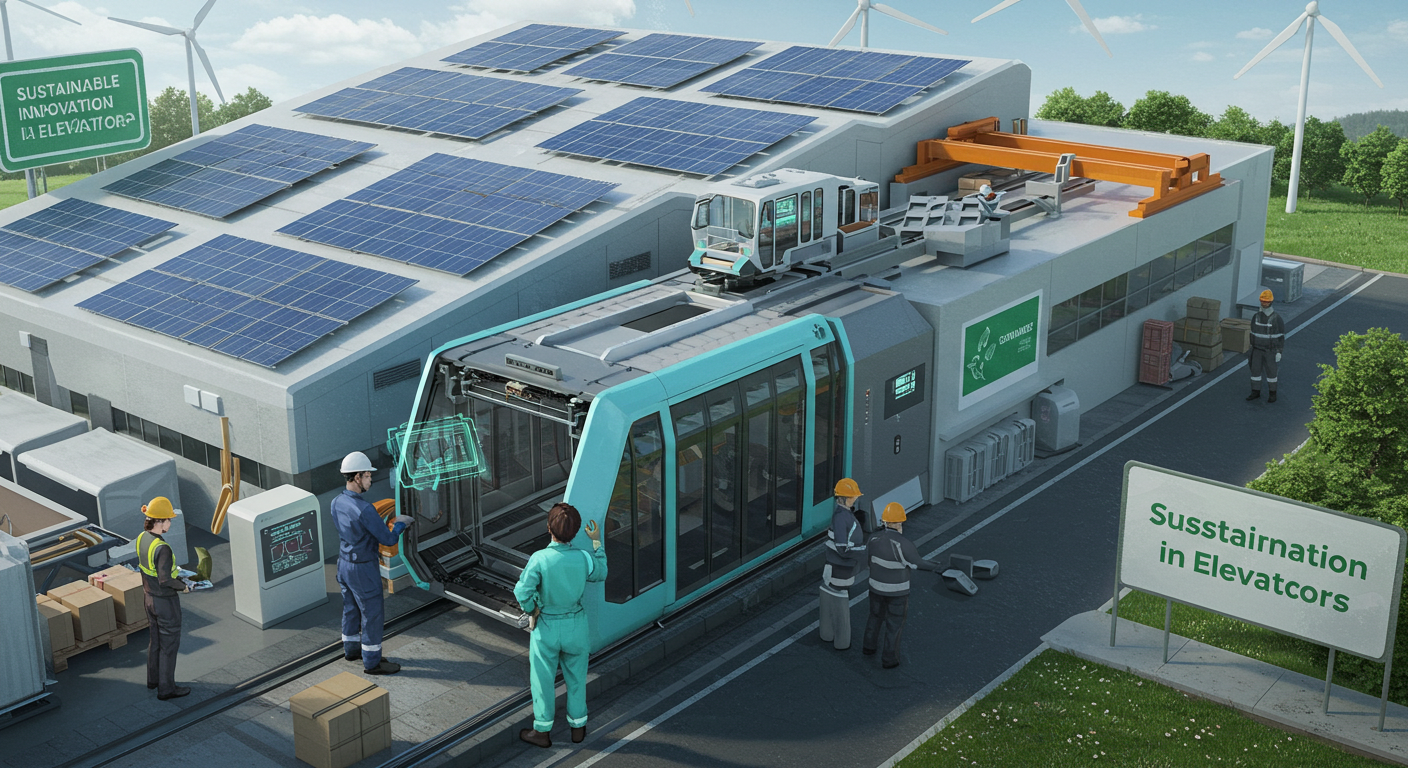
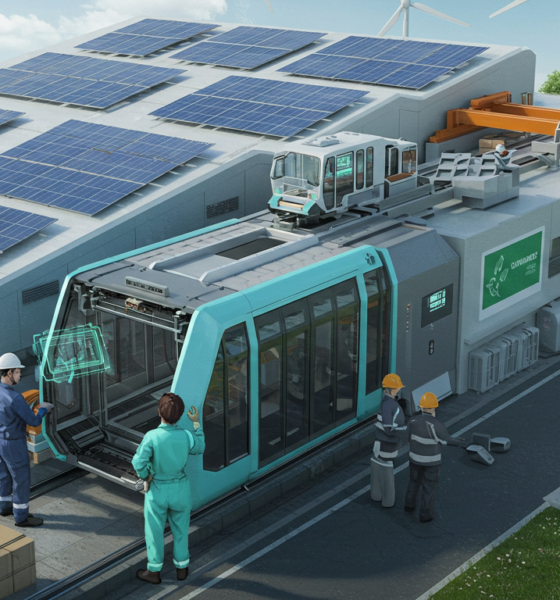
Features
Elevator Manufacturers Find Ingenious Ways to Lower their Carbon Footprint
We have talked about a lot of the ways that companies can go green these days. Many industries are trying to be more sustainable and the elevator sector is no exception.
We have talked about a lot of the benefits of this new form of sustainable technology. For example, we mentioned that green elevators can be good home improvements for people with disabilities. This is one of the many reasons why they are going to be very popular in the years to come.
The demand for businesses to go green has never been greater. Consumers are increasingly supporting businesses that try to reduce their carbon footprint and follow sustainable business practices. One study by Aldermore Bank found that 42% of SMEs have already taken steps toward making their businesses more sustainable. That includes the elevator industry, which is coming up with ways to reduce its environmental impact, though still prioritizing cost-effectiveness and safely.
Ways Elevator Manufacturers Are Going Green
A growing number of elevator companies are finding new ways to lower their carbon footprints. Here are some of the top benefits to consider.
Space-Efficient Elevators
One of the most effective ways for elevator manufacturers to reduce their carbon footprint is by designing more space-efficient elevators. Traditional elevators often require a lot of materials (which leads to consuming a lot of natural resources), which contributes to waste and increased energy use. Compact and space-saving designs not only minimize material consumption but also reduce the energy needed for production and installation.
Stiltz is one of the top elevator manufacturers that focuses on designing space-efficient elevators. It manufactures some of the world’s most compact residential elevators, which require much fewer materials compared to conventional elevators. These fit perfectly into homes without major renovations, which helps to avoid unnecessary construction waste.
Energy consumption is also extremely low with a Stiltz elevator. It can run off a standard 220v outlet, or a 110v outlet with a step-up transformer. Stiltz also received its Green America Seal accreditation in December 2017 for its commitment to sustainability. Still, relatively cost-effective and kinder to the environment, annual servicing keeps these elevators much greener compared to traditional elevator systems.
Smart Elevators
Another important development for greening vertical transportation is the smart elevator. The Green City Times cites a report showing that smart elevators use up to 30% less energy compared to their more traditional counterparts because of the state-of-the-art features they carry, such as regenerative braking, destination control systems, and automatic standby. Regenerative braking captures and then converts excess energy, while the destination control system optimizes elevators by grouping passengers with the same destinations together, reducing wasted trips and trips in general.
The rapid growth in the market for smart elevators reveals a trend in demand toward eco-friendly solutions within the industry. In 2032, the market of smart elevator technology is forecasted to reach a value of $32.58 billion due to increasing sustainability concerns around the world and energy-efficient infrastructure requirements. A company investing in smart elevator technology would be contributing toward the environment’s preservation while also enjoying some key cost-saving benefits and improving overall performance.
Solar-Powered Elevators
The other innovative invention of the elevator’s sustainable technology is the solar-powered elevator. The first solar-powered elevator was launched in 2013, making it a big hit in the industry. Solar elevators run on the harnessed energy from the sun, which means they greatly reduce the need for electric power produced by non-renewable energy sources. They are as much as 60% more energy-efficient compared to hydraulic elevators.
It draws its power from photovoltaic panels that store excess energy in batteries so that the elevator can run even when there is no sunlight. This technology is seriously being considered for cities in high solar radiation areas where renewable energy can be maximized to reduce electrical cost and carbon footprints. In the near future, these elevators will become even more efficient and possibly more widespread with continued improvement of solar energy systems.
Conclusion
The elevator industry also makes no exception in paying their contribution towards going green and is continuously getting updated with new technologies with sustaining practices. Manufacturing space-saving designs to minimize material wastage, intelligent elevators for efficient consumption of energy, and solar-powered systems promoting the usage of renewable energy-all combine to prioritize eco-friendly solutions. These will certainly be vital in the development of a greener future for city infrastructure, so long as demand continues to rise. Indeed, with further investment in research and development, the elevator industry is on track to deliver even more reductions in carbon footprint over the next few years.


 Environment9 months ago
Environment9 months agoAre Polymer Banknotes: an Eco-Friendly Trend or a Groundswell?

 Environment11 months ago
Environment11 months agoEco-Friendly Home Improvements: Top 7 Upgrades for 2025

 Features8 months ago
Features8 months agoEco-Friendly Cryptocurrencies: Sustainable Investment Choices

 Features10 months ago
Features10 months agoEco-Friendly Crypto Traders Must Find the Right Exchange
